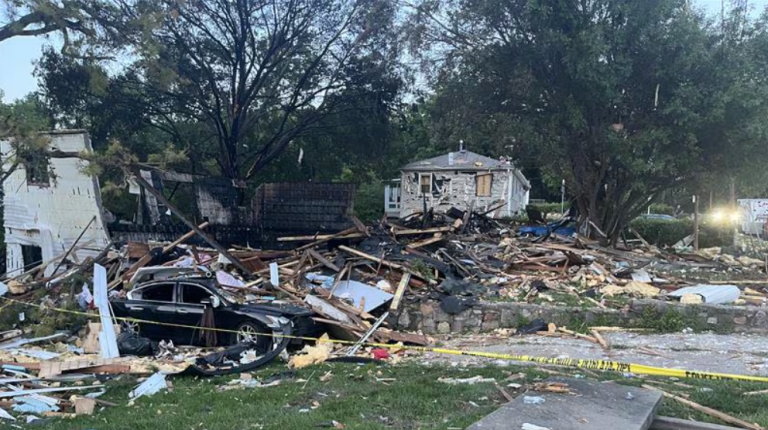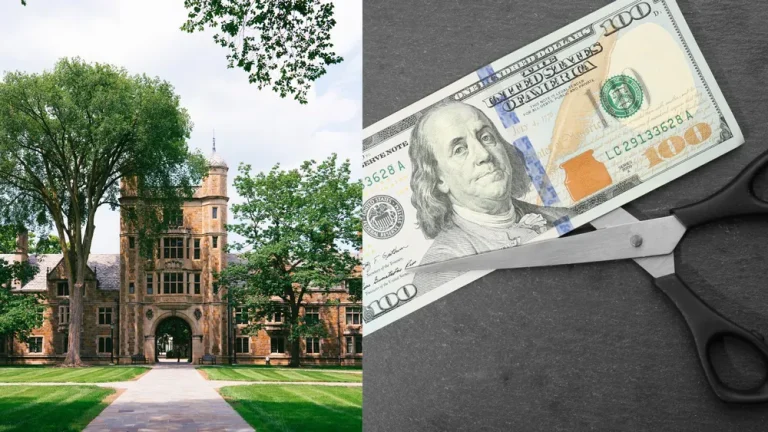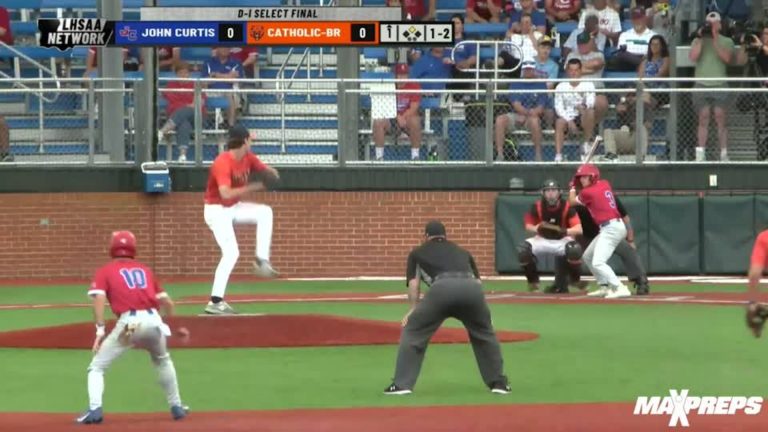Michigan Schools Need $22.8 Billion for Repairs, Says State-Funded Study
A recent study put a price tag on the state of Michigan’s aging school buildings—and it’s staggering. Schools across the state have an aggregate of $22.8 billion in facilities needs, according to a just-released report funded by the state to the Michigan Department of Education (MDE).
The study, conducted under an amendment to the 2023 State School Aid Act, was prepared by Plante Moran Realpoint and Barton Malow Builders two firms thoroughly experienced in public infrastructure development. It is a gloomy study of the physical state of Michigan’s K–12 schools and a call to spending on school buildings to tackle a pressing problem.
A Deep Dive into School Conditions
The report is one of the largest assessments ever done of Michigan school buildings. 552 school districts participated—about 93% of the state’s traditional public schools. It assessed a massive 243 million square feet of school space, including classrooms, hallways, gyms, cafeterias, and other spaces at the heart of learning.
What’s incredible is that the research did not investigate anything beyond fundamentals – student and staff health, safety, and well-being. That leaves the $22.8 billion expense not even factoring in other expenses on technology upgrades, administrative facilities, sports fields, transportation centers, or even simple items like playgrounds. Interior finishes, parking areas, and preschool or adult education buildings were not factored into the study.
Steven Ezikian, School Finance Research Foundation’s Executive Director, indicated the scope was intentionally restricted so that the most critical needs would be discovered. “This study focused squarely on the structural fundamentals—what absolutely must be present to get the schools healthy and safe for the students and employees,” he explained.
Emergency Repairs and Aging Buildings
The report paints a dismal picture: the majority of schools in Michigan are old and require fixing at once. It recommends that 26 buildings be demolished outright, since rebuilding them would be cheaper than repairing them. Besides this, 2,508 buildings require some form of repair.
Of the estimated overall cost, a significant portion – $5.3 billion is categorized as “critical” needs that should be addressed within the next three years. These are the things that can’t wait: leaky roofs, broken HVAC units, collapsing walls, and ventilation systems that aren’t up to code for today’s air standards.
This is raising some pretty serious questions about the learning climate in Michigan public schools. As State Superintendent Michael Rice pointed out, it doesn’t do any good to have excellent teachers and excellent instructional materials if the physical environment where teaching and learning occurs is compromised.
Great learning environments don’t necessarily involve great teachers, great curriculum and current technology, but also clean buildings,” Rice said. “That is to say routine air exchange, secure spaces, and comfortable temperatures throughout the year.”
More Than Just Money: A Call for Action
While school funding has been on the rise in recent decades, it is made apparent with this report that operational funding gets us halfway there. There remains a ginormous deficit when it comes to capital investment specifically, for infrastructure.
To help bridge that gap, Rice and other education officials believe the solution might have to be brought by the voters. The MDE is currently feeling out the waters with a plan for a statewide referendum that would call for citizens to collect petition signatures to put a funding initiative on the ballot. That referendum, if passed, could introduce a new source of revenue for school building upgrades across Michigan.
The referendum to be put up would not only need to replace structurally damaged buildings but potentially also be a solution for healing other system disease, such as the requirement for more teachers, particularly early elementary classrooms, and more support and mental health workers.
A More Substantive Conversation on Equity
There also is a back-end issue of equity that this study reveals. Wealthier districts generally have the voter support or tax base necessary to pass local bonds to finance school maintenance and improvements. But poorer neighborhoods most frequently the neighborhoods with the greatest infrastructure needs have difficulty obtaining the voter support or tax base they need in order to make the upgrades necessary.
This creates an unbalanced playing field where some students are learning in newly built clean, well-ventilated facilities and others are learning in old heating system classrooms and dangerous buildings. A statewide solution can solve to level the playing field and give all of Michigan’s students safe, supportive spaces to learn regardless of which zip code they reside in.
The findings of this research will not be enjoyable, but they are necessary. They offer Michigan’s policymakers and communities reality-based information on how far behind the state has fallen in maintaining its school buildings in good condition and how much work will be required to regain its footing.
While $22.8 billion is a staggering amount, the consensus among school teachers is that to leave these needs untouched will cost more in the long run. Overlooking degrading building facilities could lead to sub-median pupil attainment, increased days lost from teaching, and ultimately, long-term ill effects on health in pupils and teachers.
So what comes next? Maybe it’s a question of whether voters, politicians, and local communities are going to step up to get school buildings built as part of Michigan’s vision for long-term education. One thing is for sure, though: investing in buildings means investing in kids and getting on with it is long overdue.







